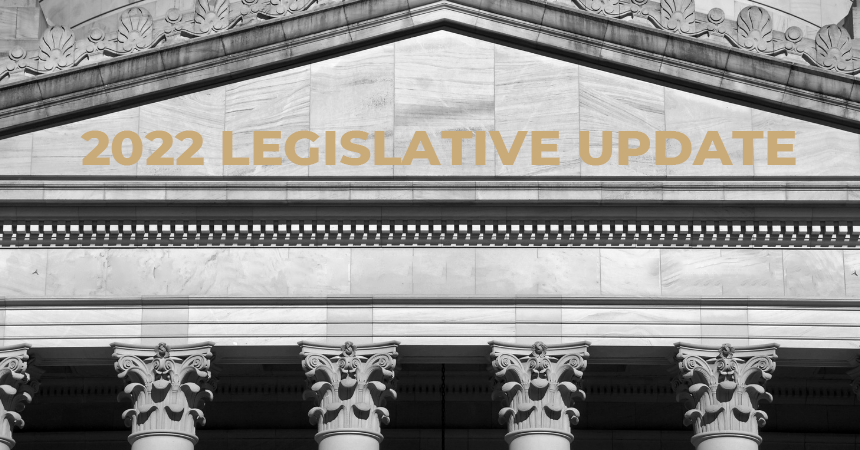The Arizona Legislature passed three bills, which Governor Ducey then signed, that have a direct impact on the community association industry.
House Bill 2158, House Bill 2131 and House Bill 2010 will become law on September 24, 2022. Below is an overview of these three new laws.
House Bill 2158: Political Activity
HB 2158 amends A.R.S. §33-1261 and ARS §33-1808 to prohibit an association from unreasonably restricting an owner’s ability to display of association-specific political signs, either indoors or outdoors. An association-specific political sign is defined to include signs that support or oppose a candidate for the board, a recall of board director(s), or a ballot measure that requires a vote of the members.
An association may adopt reasonable rules regarding the placement, location and manner of the display of the association-specific political signs. Such rules must allow for the signs to be displayed at least between the date that the association provides a ballot to the members to three (3) days after election; limit the number of association-specific political signs displayed on the member’s property to not more than nine (9) square feet; and cannot require the signs to be commercially produced. The association can prohibit an association political sign from containing profanity or discriminatory text, images, or content.
HB2158 also requires that an association allow owners to assemble in the common elements/common areas to discuss matters related to the association. An owner may invite one political candidate or one non-owner guest to speak at an assembly of owners, and owners may post notices bulletin boards located in the common elements/common areas regarding the assembly.
House Bill 2131: Artificial Grass
HB 2687 amends A.R.S. §33-1819 of the Planned Community Act to bar a planned community from prohibiting the installation of artificial grass on a member’s property, if the association allows natural grass on a member’s property. A planned community association may adopt reasonable rules regarding the installation and appearance of the artificial turf so long as the rules do not prevent the installation of artificial turf on the member’s property. An association may require a member to remove installed artificial turf on the member’s property, if the artificial turf creates a health or safety issue that the member does not correct. Finally, an association may require a member to replace or remove artificial turf, if the member does not maintain the artificial turf in accordance with the association’s maintenance standards.
House Bill 2010: First Responder Flags
HB 2010 amends A.R.S. §33-1261 and §33-1808 to add first responder flags to the list of flags that an association must allow members to display on their property. A first responder flag is defined as a flag that recognizes the service of law enforcement, fire department, or paramedics and emergency medical technicians.
A flag for law enforcement is limited to the colors of white, black and blue with specific words and the symbol of a generic police shield. The specific words are “law enforcement, police, officers, first responders, honor our, support our, and department.”
Fire department flag is limited to colors of gold, red, black and white with specific words and the generic Maltese cross. The specific words are “fire, firefighters, F, D, FD, first responders, department, honor our, and support our.”
Paramedic and EMT flag is limited to colors of white, blue and black with specific words and the generic star of life. The specific words are “first responder, paramedic, emergency medical, service, technician, honor our, and support our.”
The information provided herein is for reference purposes only, is general in nature, and is not intended as legal advice. For specific questions or legal issues regarding your association, please contact us at 480-219-3633.

